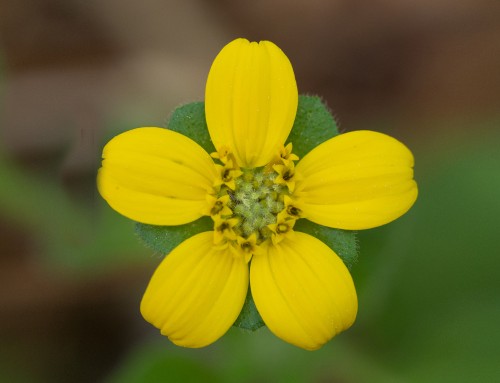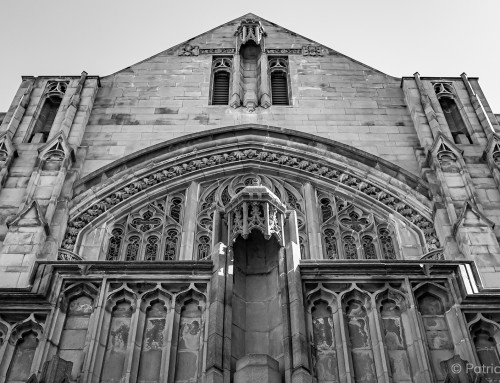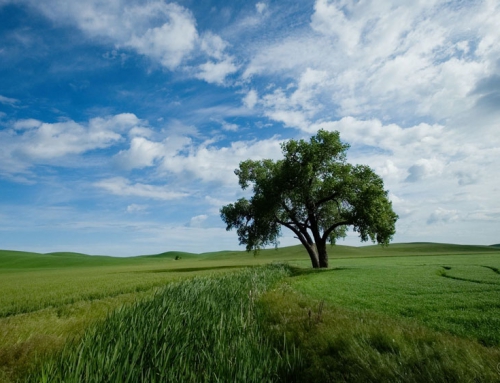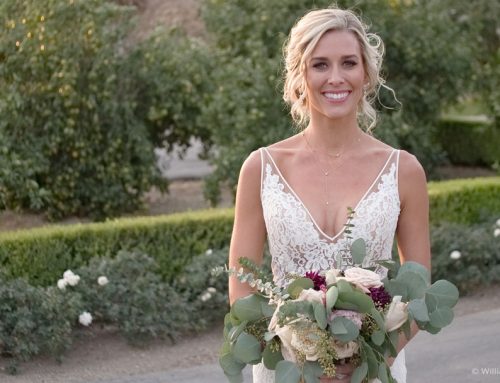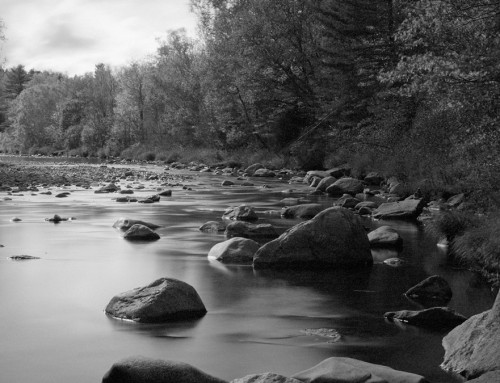Learn how to launch images in other programs as external editors from Exposure. Integrating all your tools into one central post-processing tool is one of the great benefits to using Exposure as the centerpiece of your workflow.
Photo: Matthew Bliss
Transcript
Accessing External Editors
To open a photo in another program from Exposure, right-click on it, choose “Edit in” or “Edit Copy in,” and select the program from the menu.
“Edit Copy in…” first copies the image, ensuring any adjustments or effects you applied in Exposure are included. ‘Edit in’ sends the image to the other program without Exposure’s nondestructive adjustments applied.
Snap Art and Blow Up are automatically set up as external editors when the Exposure Bundle is installed. Also, supported versions of Photoshop will be set as external editors if they are found on your system during the installation process.
Adding New External Editors
Controls for managing external editors are in Exposure’s preferences, on the External Editors panel. Press the Add button to define a new external editor. Then, navigate to the application and press Open to set the path.
Setting a favorite external editor enables access to it with the keyboard shortcuts ⌘+F10 for “Edit in…” or Shift+⌘+F10 for “Edit Copy in…” Use Alt+F10 and Shift+Alt+F10 on Windows.
In the bottom section of the panel, you can designate the file type, quality, color space, resolution, and file naming templates for copied images. These settings control how a copy of the photo is produced when you use the “Edit Copy in…” option.
For the best quality, we suggest using a 16-bit TIFF in the ProPhoto RGB color space. You can choose JPEG or PSD as the output file format if your external editor doesn’t support TIFF, and other color space options are available in addition to ProPhoto color space.





